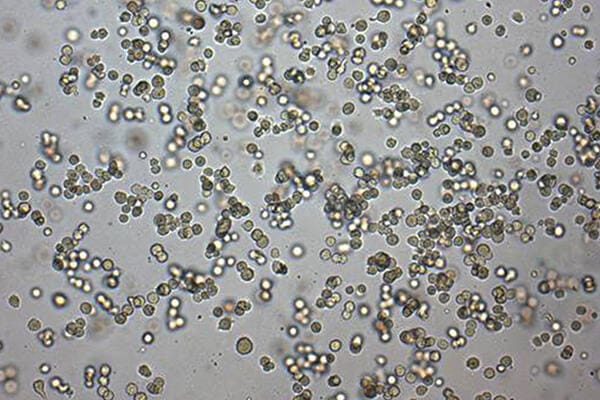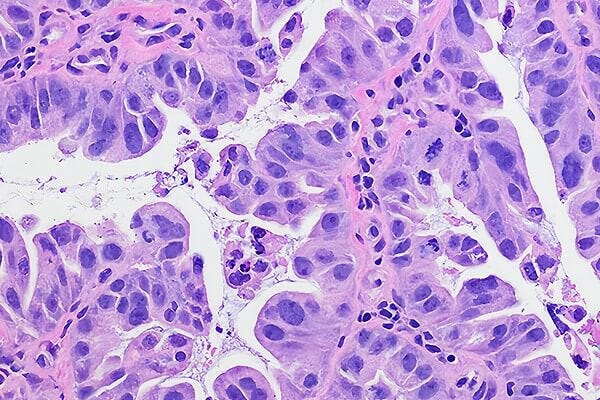Educational Materials
-
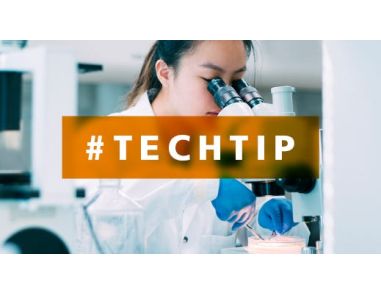 Maturation of Culture-Expanded Erythroid Progenitor Cells Technical tip from our dedicated team of Product and Scientific Support specialists
Maturation of Culture-Expanded Erythroid Progenitor Cells Technical tip from our dedicated team of Product and Scientific Support specialists -
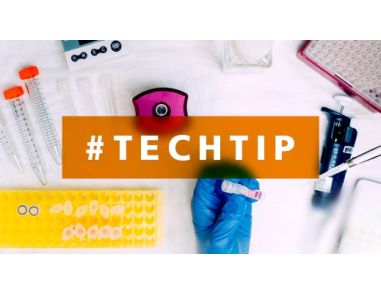 Serum-Free Expansion of CD34+ Cells with SFEM II and UM729 Explore the use of StemSpan™ SFEM II medium, StemSpan™ CD34+ Expansion Supplement and small molecules UM171 or UM729 to enhance expansion of HSPCs
Serum-Free Expansion of CD34+ Cells with SFEM II and UM729 Explore the use of StemSpan™ SFEM II medium, StemSpan™ CD34+ Expansion Supplement and small molecules UM171 or UM729 to enhance expansion of HSPCs -
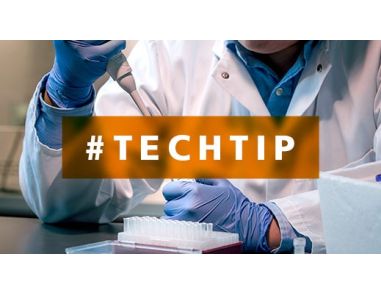 Human Hematopoietic Stem and Progenitor Cell Markers and Phenotyping Panels Technical tip from our dedicated team of Product and Scientific Support specialists
Human Hematopoietic Stem and Progenitor Cell Markers and Phenotyping Panels Technical tip from our dedicated team of Product and Scientific Support specialists -
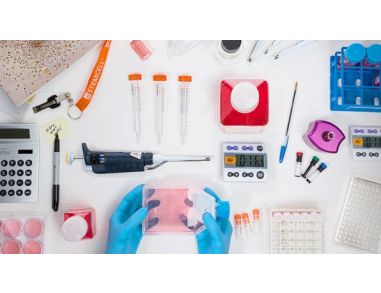 Cord Blood CD34+ Cell Isolation Technical tip from our dedicated team of Product and Scientific Support specialists
Cord Blood CD34+ Cell Isolation Technical tip from our dedicated team of Product and Scientific Support specialists -
 Performing Total Nucleated Cell Counts with a Hemocytometer Technical tip from our dedicated team of Product and Scientific Support specialists
Performing Total Nucleated Cell Counts with a Hemocytometer Technical tip from our dedicated team of Product and Scientific Support specialists -
 Enumerating Spheres in Suspension Cultures Technical tip from our dedicated team of Product and Scientific Support specialists
Enumerating Spheres in Suspension Cultures Technical tip from our dedicated team of Product and Scientific Support specialists -
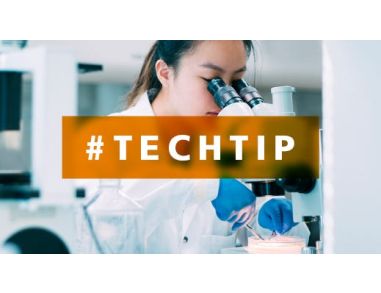 Isolating Hematopoietic Progenitors Using EasySep™, RoboSep™, RosetteSep™ and SepMate™ Technical tip from our dedicated team of Product and Scientific Support specialists
Isolating Hematopoietic Progenitors Using EasySep™, RoboSep™, RosetteSep™ and SepMate™ Technical tip from our dedicated team of Product and Scientific Support specialists -
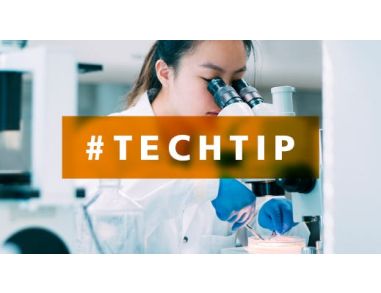 Working with Small Sample Volumes or Low Start Cell Numbers Using the Purple EasySep™ and EasyPlate™ EasySep™ Platforms Technical tip from our dedicated team of Product and Scientific Support specialists
Working with Small Sample Volumes or Low Start Cell Numbers Using the Purple EasySep™ and EasyPlate™ EasySep™ Platforms Technical tip from our dedicated team of Product and Scientific Support specialists -
 Processing Multiple Samples at One Time with the EasyEights™ Magnet The EasyEights™ EasySep™ Magnet is for cell separation procedures using selected EasySep™ reagents when simultaneously processing multiple samples
Processing Multiple Samples at One Time with the EasyEights™ Magnet The EasyEights™ EasySep™ Magnet is for cell separation procedures using selected EasySep™ reagents when simultaneously processing multiple samples -
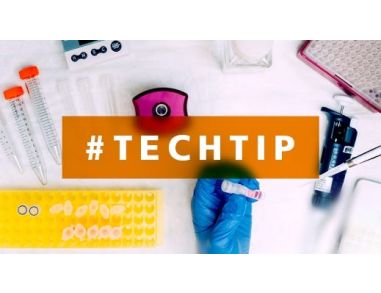 Improving Cell Recovery with EasySep™ Negative Selection Kits Technical tip from our dedicated team of Product and Scientific Support specialists
Improving Cell Recovery with EasySep™ Negative Selection Kits Technical tip from our dedicated team of Product and Scientific Support specialists -
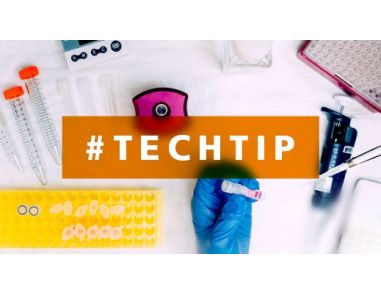 Isolate Virtually Any Cell Type Using EasySep™ or EasySep™ Release Indirect Selection Kits Use any biotinylated, FITC-, PE- or APC-conjugated antibody to label your desired cells and mix with EasySep™ reagents to obtain highly purified cells
Isolate Virtually Any Cell Type Using EasySep™ or EasySep™ Release Indirect Selection Kits Use any biotinylated, FITC-, PE- or APC-conjugated antibody to label your desired cells and mix with EasySep™ reagents to obtain highly purified cells -
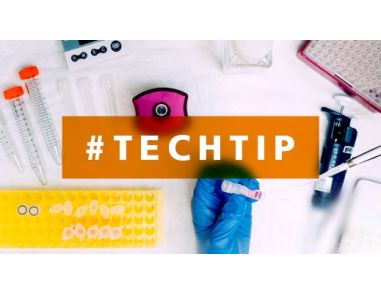 Using EasySep™ Positive Selection Kits for Cell Depletion The EasySep™ system allows you to use a positive selection kit to deplete the labeled cell type, by making changes to the separation scheme of the protocol
Using EasySep™ Positive Selection Kits for Cell Depletion The EasySep™ system allows you to use a positive selection kit to deplete the labeled cell type, by making changes to the separation scheme of the protocol

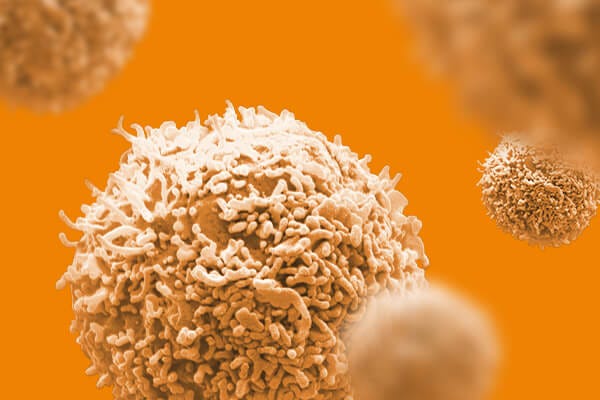
 EasySep™小鼠TIL(CD45)正选试剂盒
EasySep™小鼠TIL(CD45)正选试剂盒
